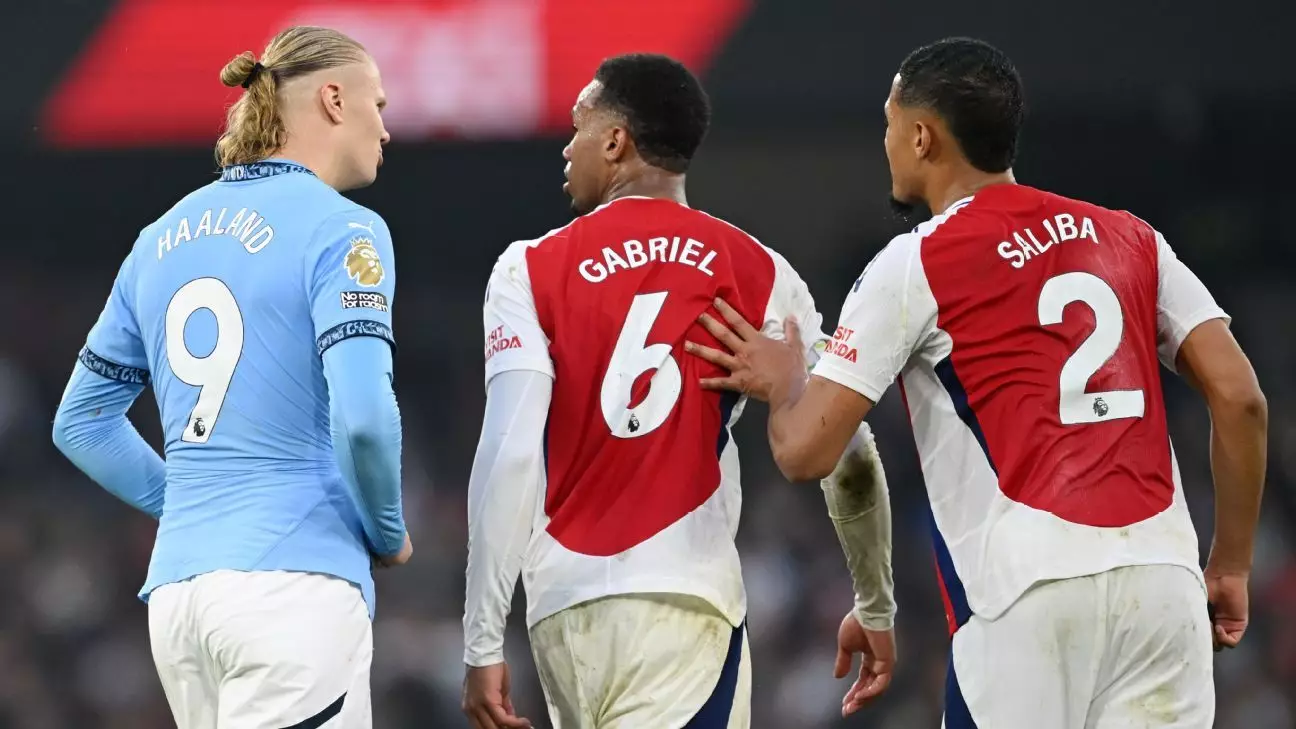In the current landscape of Premier League football, traditional shirt numbers like 1-11 have become almost anachronistic, a relic of days gone by. The shift from a nostalgic, structured numbering system to a whimsical approach of shirt allocations reflects the broader evolution of the game. This article examines how these changes impact teams, particularly focusing on the top clubs in England and the intriguing challenge of fielding a competitive XI from players wearing numbers 1 through 11.
The Shift in Football Culture
Once upon a time, the correlation between shirt numbers and player positions was as rigid as the rules of the game itself. The goalkeeper donned the coveted “1”, defenders claimed numbers 2 through 5, with forwards adopting the iconic “9” and “10”. However, since 1998, no team has lined up with players numbered 1-11 in the Premier League. Instead, we observe modern footballers sporting unorthodox numbers that often bear little relation to their tactical roles on the pitch. This evolution raises questions about football’s cultural values: Are we witnessing a decline in tradition, or is this progression a sign of the times?
Gone are the days when spectators could easily identify player roles based on their shirt numbers. The likes of Declan Rice and Trent Alexander-Arnold wearing 41 and 66, respectively, showcase football’s changing narrative. The whimsical practice of allocating high numbers to key positions may seem trivial, but it fundamentally alters how fans relate to their teams and players.
Consider the challenge posed to the teams within the Premier League’s so-called “Big Six”: Arsenal, Chelsea, Liverpool, Manchester City, Manchester United, and Tottenham Hotspur. If these clubs were suddenly required to assemble lineups strictly from players wearing numbers 1-11, the consequences would be compelling.
For instance, Arsenal struggles to piece together a competitive formation and finds itself lacking an essential goalkeeper due to numeral discrepancies. A makeshift team constructed from their high-numbered players leaves them with significant gaps, particularly in goalkeeping and depth. This inefficiency exemplifies the challenges faced by teams that have veered away from traditional numbering systems, as they can no longer equate numbers with roles accurately.
Conversely, Manchester United finds itself in a position of relative strength, uniquely able to fill a complete 1-11 lineup. Despite lacking several first-choice players, the team can field both a robust back line and a forward line. This numerical advantage allows them some semblance of traditional formation and strategy, spotlighting the potential to marry modernity with tradition in a unique way.
When examining these 1-11 lineups, it becomes evident which big names are absent due to unsuitably high shirt numbers. Fans of Chelsea, for instance, miss out on the talents of Cole Palmer, a player whose creativity could elevate the team. Others like Manchester City’s Erling Haaland and Liverpool’s Mohamed Salah add significant firepower but are similarly sidelined by their higher-numbered shirts.
What stands out through the analysis is the unexpected revival of lesser-known players who, due to the constraints of lower-number eligibility, suddenly find themselves thrust into the spotlight. As first-team regulars sit on the bench, these forgotten squad members may relish their unexpected opportunities, however brief they may be.
The transformation of shirt numbers raises essential questions about the game itself. Is ritual being cast aside in favor of commercialism and individualization, or is the evolving culture of football simply reflecting a world where numbers mean less than the talent and performance behind them? The complexity lies in finding a balance that retains traditions while embracing modernity.
As football continues to evolve, it will be interesting to see whether clubs will shift back toward traditional numbering in aspiration, or if they will further embrace the peculiarities of modernity. The conversation emerging from the analysis of squad numbers influences how fans perceive their clubs and players, ultimately shaping the narrative of the beautiful game.
While traditional values in football may feel undermined, they often coexist alongside an ever-changing landscape. The complexities of shirt numbers highlight the nuances within the sport, opening the door for fans and spectators to explore new dimensions of football culture while also cherishing the stories of the past.

